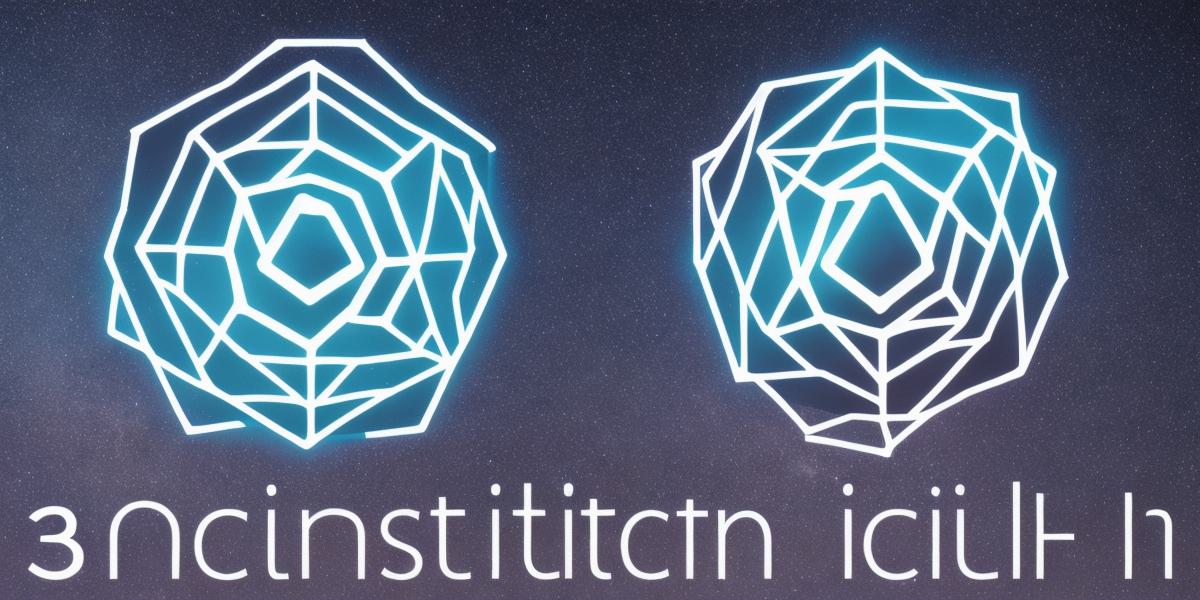As web3 technology continues to evolve, it is essential for developers to understand the purpose and mission of the Web3 Foundation. In this article, we will explore the key aspects of the Web3 Foundation and how it fits into the broader landscape of decentralized technologies.
What is the Web3 Foundation?
The Web3 Foundation is a non-profit organization that aims to promote and develop decentralized web technologies. Founded in 2017, the Web3 Foundation has been at the forefront of the decentralized movement, working to build a more secure, transparent, and democratic internet.
The Foundation’s primary focus is on developing and funding open-source projects that promote the widespread adoption of decentralized technologies. This includes funding research and development, as well as providing grants and other forms of support to individuals and organizations working on decentralized projects.
The Web3 Foundation also operates a number of key initiatives, including:
- Web3 Grants – This program provides funding for projects that align with the Foundation’s mission to build a better decentralized web.
- Polkadot – This is an open-source platform for building decentralized applications (dApps). It allows different blockchains to communicate and interoperate, making it easier to build decentralized systems that can scale and adapt to changing needs.
- Web3 Alliance – This is a global network of organizations working together to advance the development and adoption of decentralized technologies.
Why is the Web3 Foundation important?

The Web3 Foundation is important because it is driving the development of decentralized technologies that have the potential to revolutionize the way we interact with the internet. Decentralization offers a number of key benefits, including:
- Security – Decentralized systems are more secure than centralized systems because they do not rely on a single point of failure. This makes them less vulnerable to attacks and hacks.
- Transparency – Decentralized systems are transparent because they operate on an open ledger that is accessible to everyone. This makes it easier to track transactions and ensure that they are conducted in a fair and just manner.
- Democracy – Decentralized systems are democratic because they give users more control over their data and online identity. This allows them to make decisions about how their data is used and who has access to it.
Case studies: Real-life examples of decentralized technologies
There are many real-life examples of decentralized technologies that are being developed and deployed today. Some examples include:
- Cryptocurrencies – Bitcoin, Ethereum, and other cryptocurrencies are decentralized digital currencies that operate on a blockchain. They offer users a secure and transparent way to send and receive money without the need for intermediaries like banks.
- Decentralized finance (DeFi) platforms – These platforms allow users to access financial services such as lending, borrowing, and trading without the need for centralized institutions like banks. Examples include Uniswap and Aave.
- Supply chain management – Blockchain technology is being used to create more transparent and secure supply chains that allow companies to track products from production to delivery. This helps to reduce waste, increase efficiency, and improve customer trust.
Summary
The Web3 Foundation is playing a critical role in the development of decentralized technologies that have the potential to transform the way we interact with the internet. As web3 technology continues to evolve, it is essential for developers to understand the purpose and mission of the Web3 Foundation and how it fits into the broader landscape of decentralized technologies. By embracing decentralization, we can create a more secure, transparent, and democratic internet that benefits everyone.
